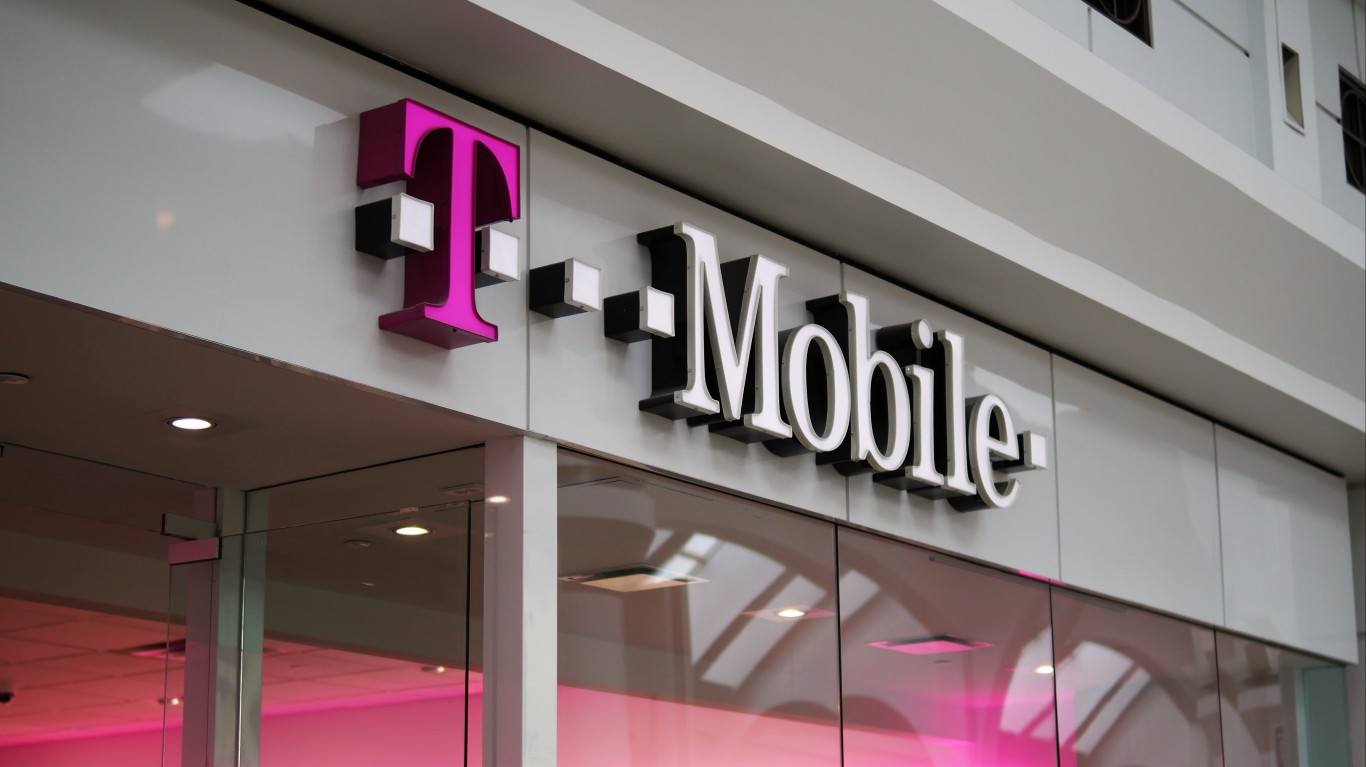
AT&T (NYSE: T) has plans to roll out HBO Max later this month. This will be huge for the telecom giant. Streaming services have been highly vaunted by Wall Street over the past few years, and AT&T’s service is eagerly anticipated as well.
Breaking into streaming services is no easy feat, with the other top competitors in the space including Disney (NYSE: DIS), Netflix (NASDAQ: NFLX), Amazon (NASDAQ: AMZN), Alphabet (NASDAQ: GOOGL), and Apple (NASDAQ: AAPL). This is a list of juggernauts — AT&T will have its work cut out.
Compared to these other major companies, AT&T stock is a laggard. Even compared to the S&P 500, AT&T shares are still behind. A new stream of revenue in the form of a streaming service could greatly help AT&T’s situation.
Quick Backstory
All great shows on Netflix, Hulu or HBO have a backstory, or at least a way to set the scene. AT&T’s move into streaming is no different. AT&T conducted an $85 billion merger with Time Warner Inc., comprising Warner Bros., HBO and Turner, in the summer of 2018.
This merger combined movies and shows across these three massive firms, along with AT&T’s own host of digital content. AT&T offers an additional streaming service to consider as cable is becoming less popular.
Direct to Consumer (D2C) appears to be the way to approach streaming as AT&T already has over 170 million D2C relationships across North America.
Recently, Chief Financial Officer John Stephens commented that the new service has thousands more hours and titles and attracts more diverse audiences. Given that, Stephens said, “I think it’s at the right price point, and we’ll see how that plays out.”
Price Points
When considering competitors in any industry, price is always a driving factor in gaining or losing market share. In this case, AT&T is putting its HBO Max service somewhere at the top, most likely because of the premium content. And from here it can compete with all of the big players.
Accordingly, AT&T’s cable TV subscribers will get the service free if they already subscribe to HBO. Subscribers to some other services also will get the new service for free. Otherwise, HBO Max will cost $15 a month ($12 if customers sign up before the May 27 launch date).
In comparison, consumers are paying roughly $7 a month for Disney+ (even more if they pursue the Hulu/ESPN+ Bundle) and $9 a month for the cheapest tier of Netflix. Apple TV+ costs about $5 per month, and Amazon Prime Video as a standalone service costs $9 per month. Note that there are hardware costs associated with Apple TV+ and Amazon Prime members get Prime Video for free, so there are more costs associated with these services.
Separately, Comcast Corp. (NASDAQ: CMCSA), which owns NBCUniversal, will roll out a free limited tier for its new streaming service, Peacock, coming in July.
Keep in mind that while this move into the content-streaming business is prudent in the long term, COVID-19 tosses a wrench into the plans in the near term. New TV and film production has essentially stopped due to the pandemic. Also, the new services launching soon (HBO Max and Peacock) will be hit hardest because they had yet to load up on original content. Peacock, for example, now plans to have only a handful of originals available by the launch date.
Premium Content
HBO Max launches May 27 with the entire library of HBO shows and movies, as well as other licensed hit shows and exclusive originals. The service will include non-HBO produced shows like “Friends,” “South Park,” “Rick & Morty,” and “The Big Bang Theory” — all of which are incredibly popular.
At the launch, the HBO Max service will boast six “Max Originals.” A further 11 shows are scheduled to launch over the summer. The company’s goal was to have 31 originals in the first year and then ramp up to 50 in the second. However, the coronavirus has put a damper on production and supply chains, even in Hollywood, are constrained.
HBO already has a robust library of hits that have gained cult levels of followers. “Game of Thrones,” “The Sopranos,” and even “Silicon Valley” are just a few examples. It’s important to note that with high-quality shows like these, the appeal to the consumer is greater and the price point can be higher.
Like a truly great show, investors can’t wait to see how this will play out when the service begins later this month. But we’ll all have to tune in next week to find out.
Thank you for reading! Have some feedback for us?
Contact the 24/7 Wall St. editorial team.


